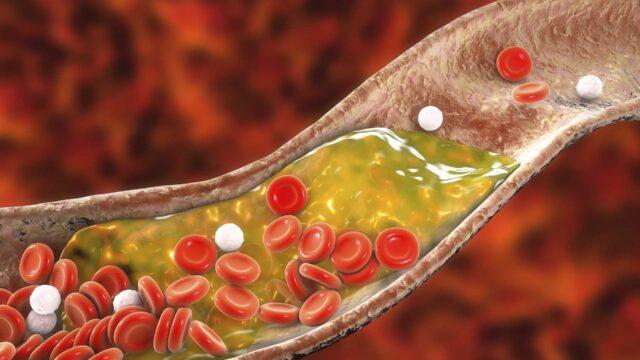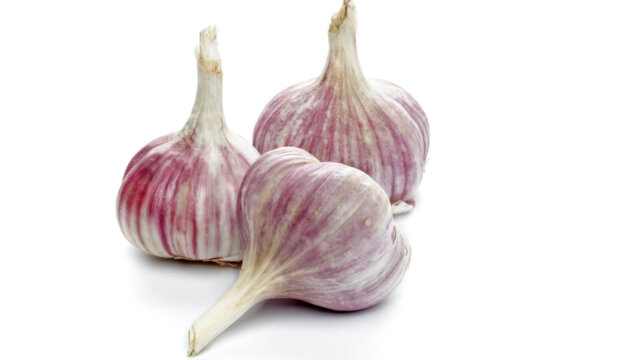FTC disclaimer: This post may contains affiliate links and we will be compensated if you click on a link and make a purchase.
The use of gastritis, peptic ulcers, acid reflux, and gastroesophageal reflux disease (GERD) can sometimes be confusing for the average person.
It often leads to wrongly attempting to self-medicate themselves with over-the-counter (OTC) products, sometimes without even a pharmacist’s advice.
To understand the differences and similarities between these conditions, it is important first to understand stomach anatomy and physiology.
Basic understanding of stomach anatomy and physiology
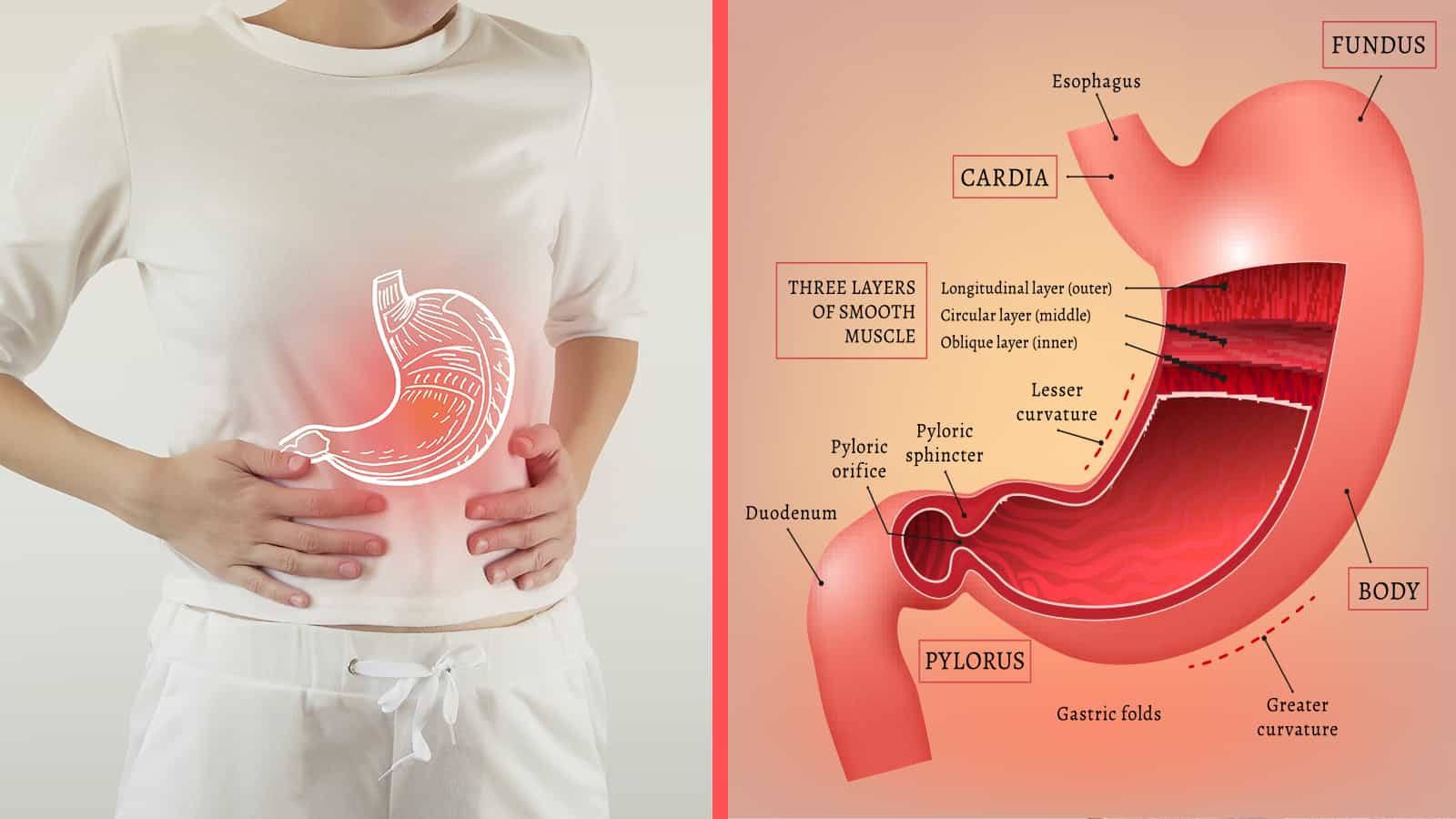
The stomach is a hollow organ that connects with the esophagus (food pipe) at the top and the small intestine towards its bottom end.
It has specialized cells in its lining that secretes mucus, enzymes, hydrochloric acid, and water. This creates stomach juices, collectively referred to as stomach acid, which helps with the process of digestion.
A mucus barrier protects the lining from the corrosive action of the gastric acid.
Food that enters through the mouth passes down the esophagus, is churned in the stomach, and is partly digested by the acid and enzymes. After that, it is passed on to the small intestine for further digestion and nutrient absorption.
Understanding Gastritis and Stomach Ulcers
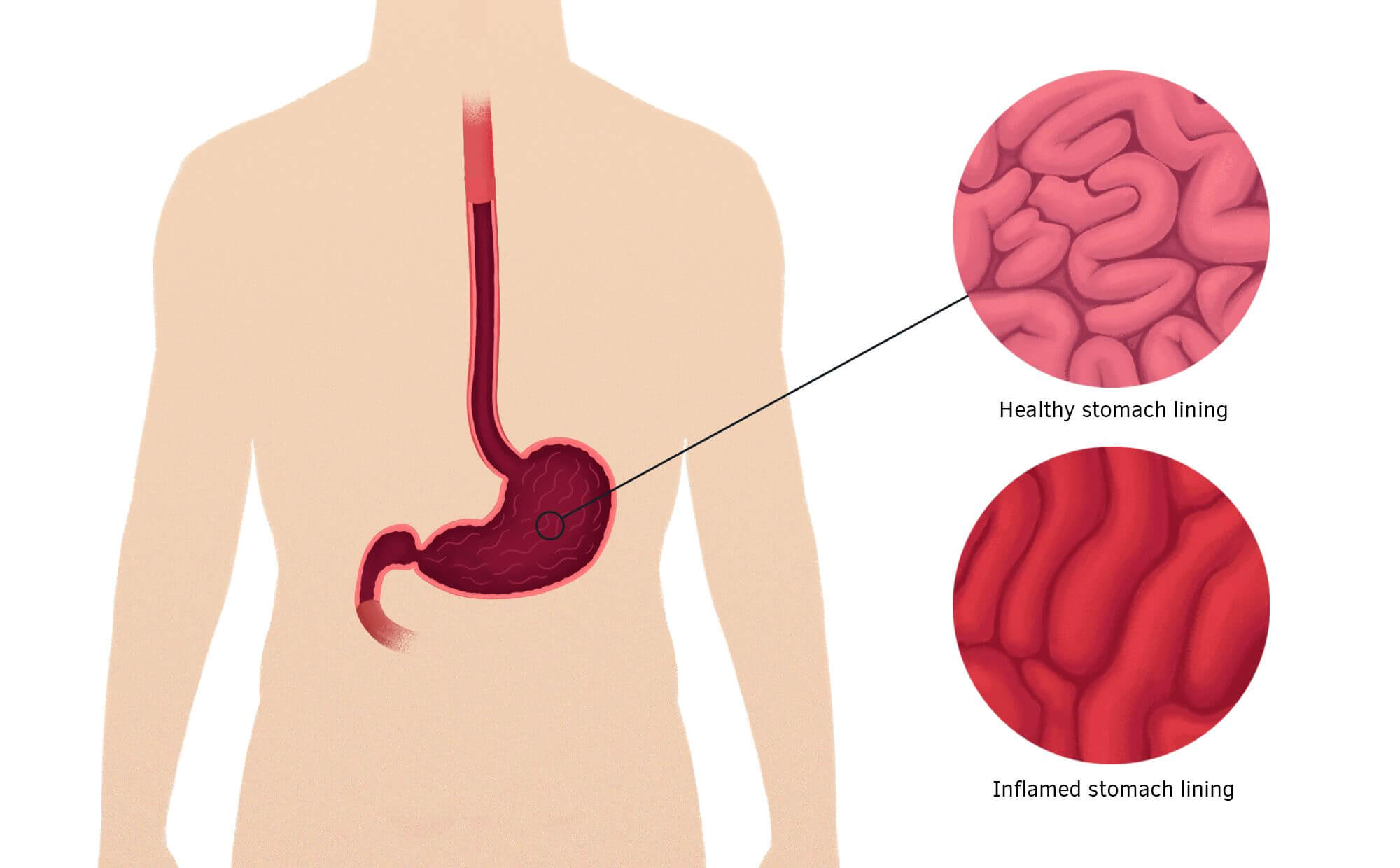
Gastritis is the medical term for inflammation of the stomach lining, usually due to gastric acid action.
It is most commonly caused by NSAIDs (non-steroidal anti-inflammatory drugs) and the bacteria H.pylori (Helicobacter pylori).
These causative factors compromise the protective mucus barrier, irritate the stomach lining, and increase stomach juices’ acidity.
Over time this can erode the stomach lining and form open sores known as ulcers.

The term peptic ulcer disease (PUD) refers to ulcers in the stomach and the first part of the small intestine (duodenum).
Ulcers in the stomach are known as gastric ulcers or stomach ulcers, while an ulcer in the duodenum is known as a duodenal ulcer. Peptic ulcers often arise as a complication of gastritis.
Understanding Acid Reflux and Gastroesophageal Reflux Disease (GERD)
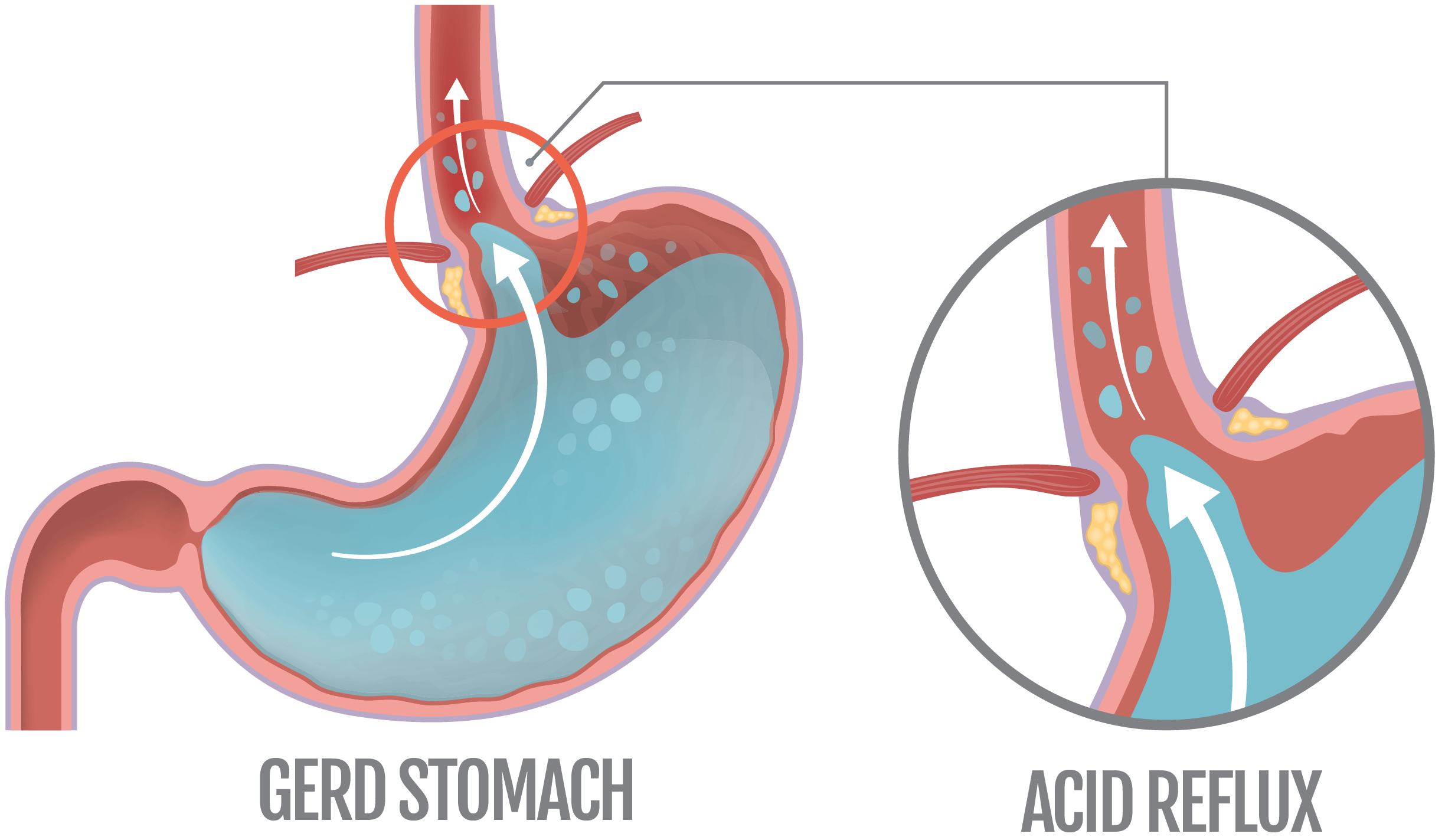
Acid reflux and GERD are separate conditions from gastritis and peptic ulcers.
However, it is often confused with each other and associated under the general term of stomach acidity.
Reflux occurs when the gastric acid in the stomach flows backward into the esophagus. Usually, the lower esophageal sphincter (LES) prevents this backflow but allows foods and drinks in the esophagus to flow into the stomach.
Acid reflux arises when this sphincter’s function is compromised for some reason or the other.
Acute acid reflux is not uncommon and affects every person at some point or the other. It may be caused by overeating, alcohol, strenuous activity after eating, and consuming huge meals.
In these instances, it is short-lived and does not recur unless the causative actions are repeated.
A more chronic form of this reflux is known as gastroesophageal reflux disease (GERD).
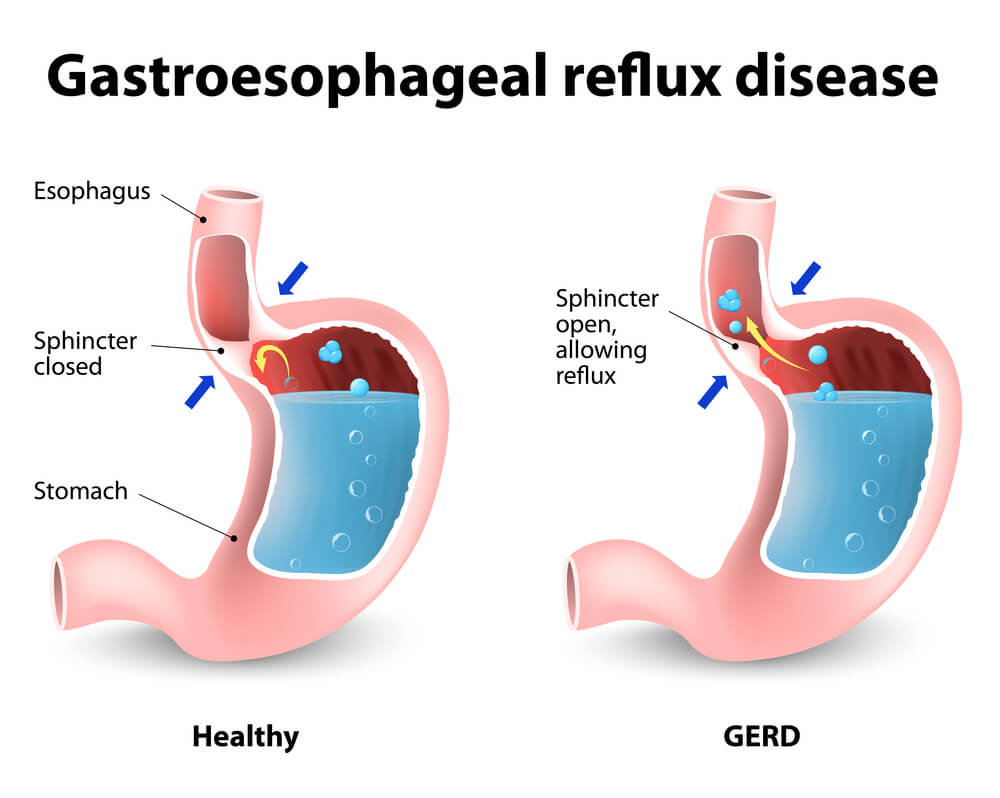
The same trigger factors that lead to acute acid reflux may worsen the condition and lead to GERD. GERD is due to some other dysfunction of the lower esophageal sphincter (LES) that is more permanent in nature.
Both acute acid reflux and chronic GERD are commonly known as heartburn.
This actually refers to a burning sensation felt in the chest when the stomach acid rises into the esophagus.
While the stomach and the duodenum are equipped to deal with the acid, the esophagus does not have the same protective mechanisms.
The acid irritates the esophageal lining, leading to inflammation (esophagitis) and even open sores (esophageal ulcers).

